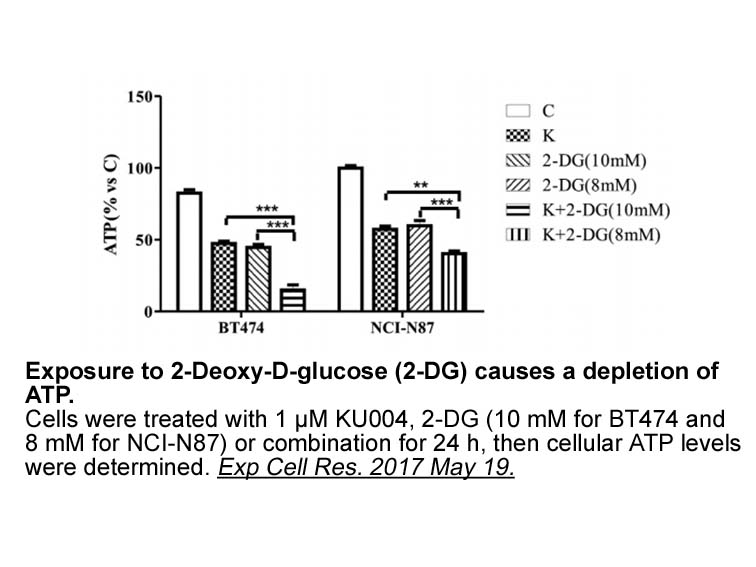Archives
br Methods br Results br Discussion br
Methods
Results
Discussion
Conclusions
Conflict of interest statement
Introduction
The origin of a nonsustained ventricular tachycardia (NSVT) can usually be estimated with the 12-lead electrocardiogram (ECG) [1–3]; however, anatomical abnormalities sometimes make it difficult to confirm the origin. We report a case in which we confirmed the accurate origin and an adjacent anatomical obstacle, and safely ablated the target by using the CartoSound® system (Biosense Webster, Diamond Bar, CA, USA) in a patient with a severely deformed thorax.
Case report
A 72-year-old man was referred to our institute for radiofrequency catheter ablation therapy of an NSVT. His main complaints were palpitations and occasional dyspnea on exertion. His wee1 was severely deformed by spinal caries since childhood (Fig. 1). The 12-lead ECG revealed an NSVT with an inferior axis and left bundle branch block (LBBB) morphology (Fig. 2). The transitional zone of the first QRS complex of the NSVT and isolated ventricular premature contractions (VPCs) shifted from V2–V3 to V3–V4. Such a finding might suggest not only a right ventricular outflow tract (RVOT) but also a left ventricular outflow tract (LVOT) origin. However, we could not determine the accurate origin by using onl y the 12-lead ECG because of his thoracic deformity. Therefore, first we explored the RVOT region, especially the septal region, using the CartoSound® system. We could easily obtain a perfect pace map in the anterior attachment area (Fig. 3). When higher-output pacing was delivered, a perfect pace map was obtained. This suggested that the VT origin could be a slightly remote or epicardial site and the alteration in the VT morphology was due to a change in the VT exit through a preferential pathway. Therefore, we decided to use an irrigation catheter for the ablation. An integrated computed tomography (CT) image of the outflow tract region obtained with the CartoSound® system provided detailed anatomical information and revealed that the left anterior descending coronary artery (LAD) was very close (<10mm) to the target site (Fig. 3). We carefully ablated that site with a 3.5-mm cooled-tip catheter (maximum 30W) while confirming it in the sound view, and succeeded without any complications.
y the 12-lead ECG because of his thoracic deformity. Therefore, first we explored the RVOT region, especially the septal region, using the CartoSound® system. We could easily obtain a perfect pace map in the anterior attachment area (Fig. 3). When higher-output pacing was delivered, a perfect pace map was obtained. This suggested that the VT origin could be a slightly remote or epicardial site and the alteration in the VT morphology was due to a change in the VT exit through a preferential pathway. Therefore, we decided to use an irrigation catheter for the ablation. An integrated computed tomography (CT) image of the outflow tract region obtained with the CartoSound® system provided detailed anatomical information and revealed that the left anterior descending coronary artery (LAD) was very close (<10mm) to the target site (Fig. 3). We carefully ablated that site with a 3.5-mm cooled-tip catheter (maximum 30W) while confirming it in the sound view, and succeeded without any complications.
Discussion
We reported the case of an NSVT with an unusual morphological alteration and its successful ablation with the aid of the CartoSound® system.
In the 12-lead ECG, the NSVT had an inferior axis and LBBB morphology, and the transitional zone of the first QRS complex of the NSVT shifted from V2–V3 to V3–V4. Using the classic algorithm, we speculated the origin of the VT/VPCs to be from the RVOT with multiple exits from the septal wall slightly to the free wall side of the right ventricle [1,2]. The QS amplitude of aVR>aVL suggested an origin in the posterolateral attachment of the RVOT, and the prominent R wave in V1 suggested an origin in the posterolateral attachment or in the LVOT (Fig. 2). Further, the VT/VPCs could have possibly broken out through the side of the LVOT because the V2 transition ratio was 1.4 (>0.6) [3].
However, in this case, the real origin was at the anterior attachment of the RVOT. The reason for such a paradoxical finding might be associated with the patient’s RVOT deviation due to his severely deformed thorax (Fig. 4). Furthermore, the origin might have been located epicardially with a preferential pathway, which may have made it difficult to detect the accurate origin by using only surface ECG.
However, in this case, the LAD was very close (<10mm) to the ablation target site. For a safe ablation, it is reported that the distance from the ablation catheter tip to both the left and right coronary ostia should always be at least 10mm [4,5]. Further, not only in the case of LVOT ablation but also with RVOT ablation, the distance between the RVOT ablation target site and LAD could be short [6]. Therefore, by being able to visualize the coronary artery with the CartoSound® system, we were able to assure the safety of the procedure during the radiofrequency application.